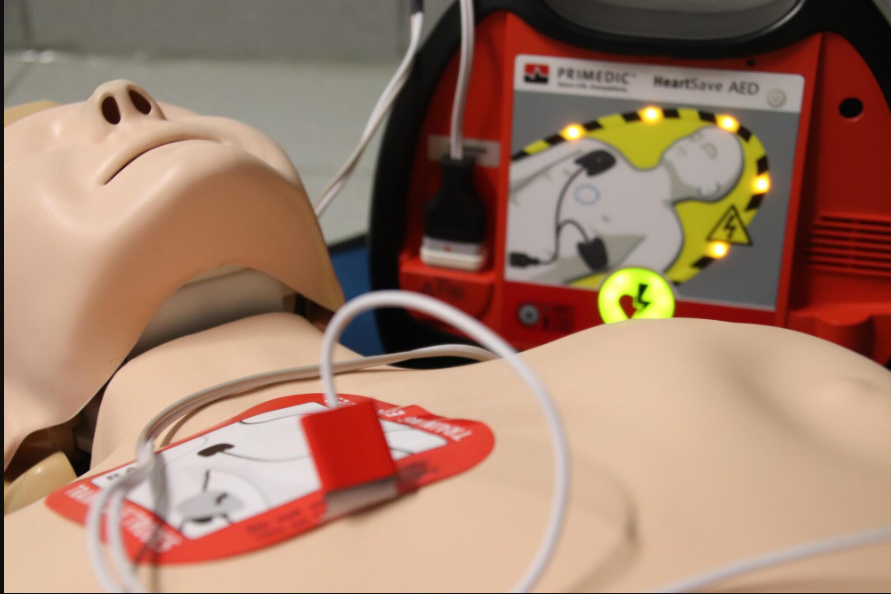When it comes to lifesaving skills, timing and training matter. With online options for BLS and CPR, it’s easy to feel overwhelmed by the choices.
While BLS and CPR teach important emergency skills, they have some key differences. Understanding these can help you decide which course is right for you, whether you work in healthcare or just want to be prepared to help in an emergency.
Let’s break down what sets online BLS vs CPR training apart!
Course Content Focus
The focus of a BLS course is on training healthcare professionals to respond in high-stress emergencies. It covers advanced techniques like:
- team-based resuscitation
- using specialized equipment
- maintaining a steady rhythm in chest compressions
On the other hand, CPR training is aimed at the general public and focuses on the basics of life-saving. You’ll learn how to perform chest compressions and rescue breaths to help someone in cardiac arrest.
It’s straightforward and designed for anyone who wants to feel confident stepping in during an emergency.
Target Audience
BLS training is typically aimed at healthcare providers and emergency responders. People like nurses, doctors, and paramedics are the main audience for these online courses.
It includes more in-depth techniques, preparing professionals to work as part of a team during a medical crisis. In contrast, CPR courses are designed for the general public.
They are perfect for anyone who wants to be prepared in case of an emergency. The training is simple, effective, and meant to give everyday people the confidence to act quickly if someone nearby needs help.
Course Duration
BLS courses are usually longer because they cover more detailed techniques. For healthcare workers, these online medical training courses typically take a few hours and may include an in-person test afterward.
Alternatively, CPR courses are usually shorter and can often be completed in an hour or two. The training focuses on basic life-saving skills and is designed to be accessible to everyone.
This makes it easier for busy individuals to fit life-saving training into their schedules.
Certification and Recertification Requirements
CPR certification lasts for about two years. While the process is simpler, it’s important to stay up to date.
For BLS, certification needs to be renewed every two years. After completing the course, you’ll receive a certificate that shows you’ve learned the necessary skills.
To stay current, recertification courses are available online, which refresh your knowledge and ensure you’re ready for emergencies. If you need recertification or want to start training, visit the website for BLS certification to learn more about the process and courses.
Availability of Online Courses
Online courses for BLS and CPR are widely available, making it easy to learn from home. They can be accessed anytime, giving you the flexibility to complete them at your own pace.
Most online platforms offer a variety of courses, with many allowing you to start immediately. This makes it simple to begin training when it’s most convenient.
No matter where you are, you can access quality training and be prepared for emergencies.
Exploring the Differences Between BLS vs CPR Training
Understanding the differences between BLS vs CPR training can help you choose the right course for your needs. Whether a healthcare professional or just someone who wants to be prepared, both courses offer valuable skills.
Ready to take the next step? Start your training today and be confident in your ability to save lives when it matters most.
Did you find this article helpful? Check out the rest of our blog now!
Keep an eye for more news & updates on Buzz Slash!




